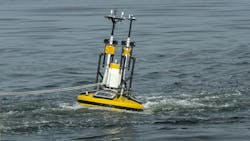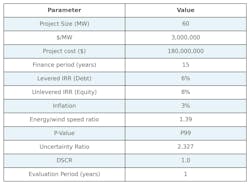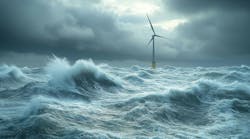Offshore wind measurements: How much is enough?
Key Highlights
- Wind measurements reduce resource assessment uncertainty, enabling more favorable financing terms and lower interest rates.
- Deploying additional measurement devices increases upfront costs but yields greater economic benefits through improved debt ratios and savings.
- The optimal measurement setup balances cost and benefit, with simpler configurations offering high benefit-cost ratios and more complex setups providing maximum net benefits.
- Short-term cash flow constraints may discourage extensive measurement campaigns, but long-term gains justify the investment.





